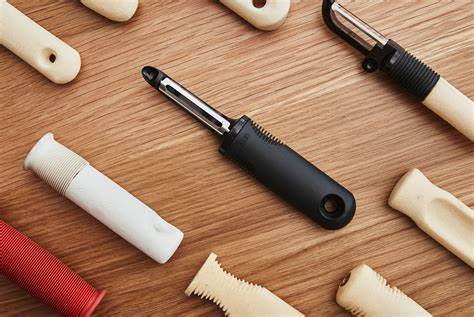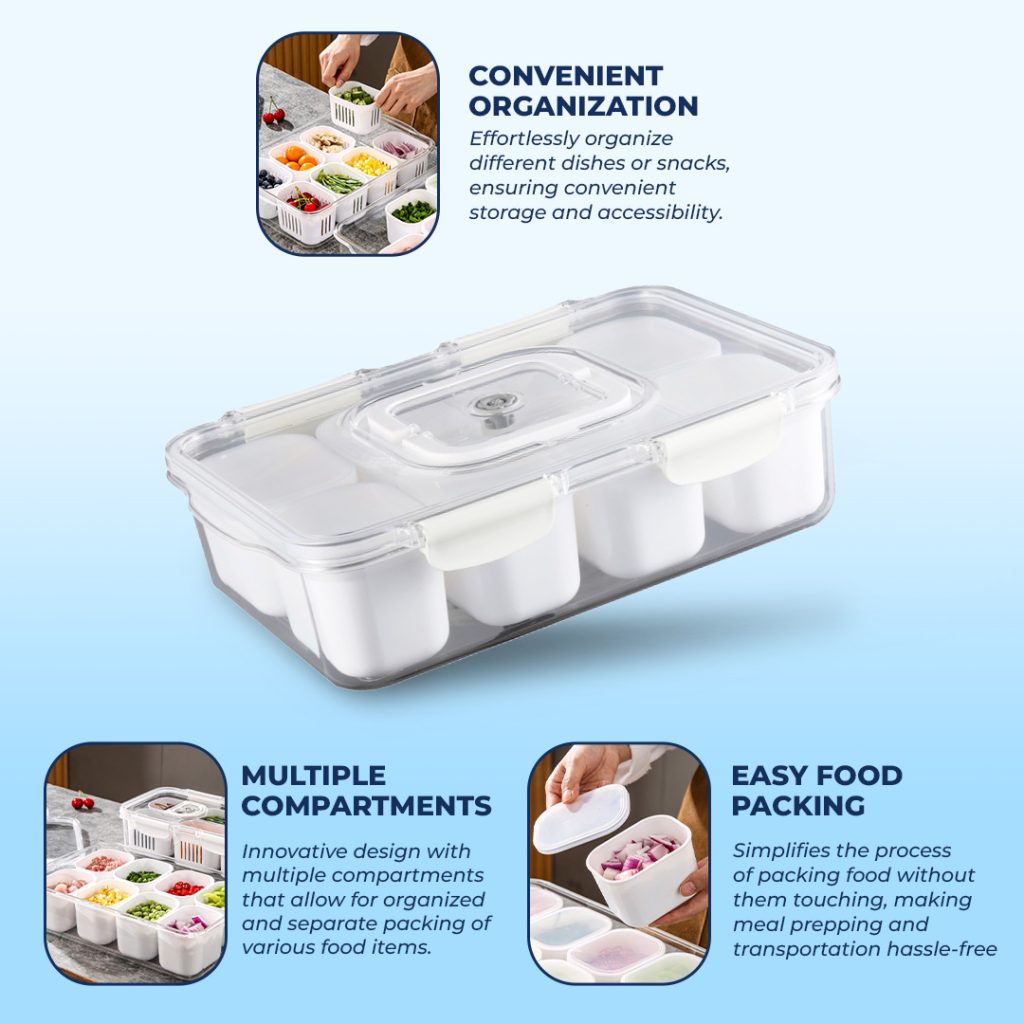Design thinking has been a buzzword for a while now. But what does it really mean, and why should a product design company care? Well, in a world where products are churned out faster than you can blink, it’s easy for companies to lose sight of what really matters: solving real problems for real people. Design thinking brings the focus back to human needs and is an approach that encourages creativity, empathy, and practical problem-solving. For a product design company, adopting this mindset isn’t just smart—it’s essential for creating products that resonate with customers on a deeper level.
Let’s break it down.
What is Design Thinking?
At its core, design thinking is a problem-solving methodology that prioritizes the needs of the end user. It’s about understanding their challenges, frustrations, and desires and then coming up with creative ways to meet those needs. The process is often broken down into five stages: Empathize, Define, Ideate, Prototype, and Test.
- Empathize: This is where you step into the shoes of your customer. What are they struggling with? What do they really want? Empathy is key here because it helps you move beyond assumptions and really grasp what your user experiences on a day-to-day basis.
- Define: After gathering insights, it’s time to narrow down the problem. What specific challenge are you solving? The more clearly you can define the problem, the better positioned you are to solve it.
- Ideate: Now comes the fun part—brainstorming solutions. At this stage, there are no bad ideas. You want to come up with as many possibilities as you can, no matter how off-the-wall they might seem. Some of the best innovations come from unconventional thinking.
- Prototype: Once you’ve got a few strong ideas, it’s time to make them tangible. Prototyping doesn’t have to be fancy. In fact, a quick, low-fidelity mockup often works better for testing purposes. The goal is to bring your ideas to life in a way that’s easy to tweak and improve.
- Test: Finally, you put your prototypes in front of real users to see how they hold up. This stage isn’t about validation as much as it’s about learning. What works? What doesn’t? Testing is crucial for ironing out the kinks and refining the solution until it’s just right.
But here’s the thing—design thinking isn’t a linear process. It’s iterative. That means you’ll often find yourself going back to earlier stages as you learn more. For example, after testing, you might discover new user needs that send you back to the empathy stage. It’s a cycle of continuous improvement.
Why Design Thinking Matters for Product Design Companies
For a product design company, design thinking is more than just a set of steps—it’s a mindset shift. It challenges you to look beyond the surface of customer demands and dig deeper into the underlying problems they face.
Let’s say your company designs household gadgets. If you’re only focused on market trends, you might notice that “smart” home appliances are all the rage. So, you go ahead and design a smart toaster. It connects to Wi-Fi, can be controlled with an app, and sends you notifications when your toast is ready. Sounds cool, right?
But here’s the catch—did anyone actually ask for a smart toaster? Probably not. Sure, you’ve added some flashy features, but if you didn’t start with empathy—if you didn’t truly understand what people want from their toasters—you’ve just created another unnecessary gadget. Maybe what your customers really wanted was a toaster that evenly browns bread without burning it, or one that’s easier to clean. Design thinking would have led you to that insight.
Step One: Empathy in Action

Empathy isn’t about guessing what your customers need; it’s about observing, engaging, and really paying attention. Some of the best product innovations have come from designers who spent time watching users struggle with a task, and then saying, “There has to be a better way.”
Take the example of OXO’s Good Grips kitchen tools. The company didn’t just guess that people might want more comfortable handles on their utensils. They went out and observed how people, especially those with arthritis, had difficulty using traditional kitchen tools. Through empathy, they identified the core problem—tools that were painful to use—and created a simple, yet elegant, solution: more ergonomic handles.
A product design company can adopt similar strategies. Before jumping into the design phase, spend time observing how customers interact with your current products or similar products in the market. Talk to them. Get to the heart of their frustrations. Only then will you truly understand what problems you need to solve.
Case Study: ChowCaddy—Using Customer Feedback to Solve a Real Problem

A personal experience in product design perfectly illustrates the power of empathy in action. The product, called the ChowCaddy, is a multi-compartment container meant for storing snacks, charcuterie, or leftovers. Originally designed and sold by a manufacturer in China, this product had no patent and was available on Amazon. But something stood out—the reviews. Many customers complained that the containers melted or warped when placed in the dishwasher. This was a significant issue since, in the U.S., dishwashers are a common household appliance, and most people expect products like this to be dishwasher-safe.
The problem wasn’t necessarily in the container’s primary function but in how it was designed to be cleaned. The manufacturer hadn’t considered that users would place the containers in dishwashers that use hot water, which caused the cheaper plastic to warp. This was a crucial oversight in the design process.
However, the beauty of this case is that it didn’t require extensive market research or hiring a consultancy firm. The insights came directly from Amazon reviews—customer feedback in its most raw form. By empathizing with the reviewers’ frustrations, I could see what needed fixing. I contacted manufacturers in China and learned about different types of plastic—ranging from inferior PET to better options like PP (polypropylene), Tritan, and MS (methylstyrene)—all of which are more resistant to heat and bumps.
By using stronger, more heat-resistant plastic, I improved the product and addressed a real pain point for customers. This simple approach of listening to feedback allowed me to make an impactful change with minimal budget. It’s a reminder that empathy doesn’t always have to come from costly research—sometimes it’s as simple as reading and responding to customer reviews.
Step Two: Defining the Problem
One of the biggest pitfalls for product design companies is solving the wrong problem. This happens when you haven’t clearly defined what the actual problem is. Design thinking forces you to zero in on the specifics.
Imagine you’re tasked with designing a new office chair. If you define the problem as “customers want a more comfortable chair,” you’re starting too broad. What does “comfort” mean? Does it refer to lumbar support, cushioning, adjustability? Maybe the real problem isn’t comfort at all—maybe it’s about durability or style. By focusing too broadly, you risk missing the mark entirely.
Instead, dig deeper: “Customers who work from home need a chair that provides support for long periods without causing lower back pain.” Now you’ve got something specific to work with.
Step Three: Ideation for Innovation

The ideation phase is where the magic happens. This is where your team’s creativity can shine. And remember, the crazier the ideas, the better. Product design companies often shy away from wild ideas because they seem impractical. But the truth is, some of the most innovative products started as “crazy” ideas.
Think about the development of the Dyson vacuum. James Dyson didn’t set out to create a traditional vacuum cleaner. He asked, “What if we didn’t use a bag at all?” His idea was radical at the time, but it ultimately led to a groundbreaking product that disrupted an entire industry.
During ideation, encourage your team to challenge assumptions. Could you design a chair without legs? Could you make a toaster that doesn’t need electricity? Even if the final solution isn’t as extreme, asking these questions pushes you to think beyond conventional boundaries.
Step Four: The Importance of Prototyping
In the world of product design, nothing is worse than pouring time and money into a product that fails to meet user needs. Prototyping helps you avoid that trap. By creating a low-cost, early version of your product, you can test your ideas quickly and make improvements before committing to full-scale production.
Let’s say you’re working on a new design for a portable speaker. Rather than jumping straight into manufacturing, you might create a 3D-printed prototype. Maybe you’ll realize that the buttons are too hard to press or the speaker’s weight makes it difficult to carry. These insights are invaluable, and they come much cheaper when you’re still in the prototype stage.
Step Five: Learning Through Testing
Testing is where the rubber meets the road. It’s your chance to see how real users interact with your product and to learn from their feedback. A common mistake is to treat testing as a formality—something you do at the end of the process to confirm that your design works. But in design thinking, testing is about learning, not validation.
You might discover that users are confused by the interface, or that they’re using the product in ways you didn’t expect. This is valuable information! It gives you the opportunity to pivot, tweak, and refine your design until it truly meets customer needs.
Conclusion: Solving Problems That Matter
In a world where customers are inundated with new products daily, standing out means solving real problems, not just following trends. Design thinking offers product design companies a framework to create meaningful, customer-centered solutions by fostering empathy, encouraging creativity, and learning through iteration.
By focusing on what truly matters—your customer’s needs—you’re not just designing products. You’re creating solutions that improve people’s lives in ways both big and small. And that’s where the real magic happens.
Remember, the most successful product design companies aren’t the ones with the flashiest gadgets. They’re the ones that solve problems that matter.
Author: Gabriel Ngumbau Wambua
